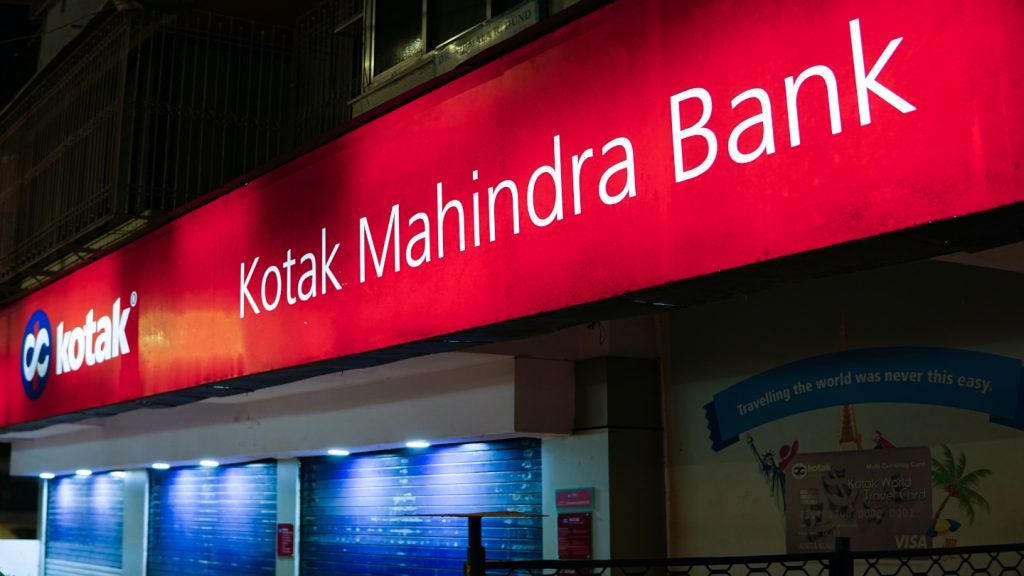US consumer sentiment
toward retail banks has increased for the first time since 2007,
according to marketing consultancy JD Power. Once again, smaller
banks outperform their larger counterparts, with Bank of America in
the bottom 3 in 10 out of the 11 regional surveys. Douglas Blakey
reports.
 Now in its
Now in its
sixth year, the 2011 JD Power Satisfaction Index was
released on 21 April. It reported that overall satisfaction of
retail banking customers in the US averaged 752 on 1,000-point
scale – up from 748 in 2010.
Satisfaction with most
factors of the retail banking experience—account information,
problem resolution and product offerings—has improved from 2010,
while satisfaction with account activities has remained
stable.
Satisfaction with fees,
however, has decreased considerably from 2010, even though the
proportion of customers who report they were charged fees by their
bank has declined from 53% in 2010 to 43% in 2011.
The primary driver of the
decline in fee satisfaction has been changes in how fees are
assessed, with 18% of customers in 2011 saying that their fee
structure had changed during the past 12 months, compared with 16%
last year.
How well do you really know your competitors?
Access the most comprehensive Company Profiles on the market, powered by GlobalData. Save hours of research. Gain competitive edge.

Thank you!
Your download email will arrive shortly
Not ready to buy yet? Download a free sample
We are confident about the unique quality of our Company Profiles. However, we want you to make the most beneficial decision for your business, so we offer a free sample that you can download by submitting the below form
By GlobalDataWhen fee structures are
changed, overall satisfaction decreases by an average of 84 index
points.
JD Power director of banking
services Michael Beird said: “While there has been a concerted
effort by the banking industry to get back to basics and provide
customers with a satisfying retail bank experience overall, the
well-publicised attempts by banks to recoup lost revenue due to Reg
E debit card revisions by dropping free checking and re-pricing
accounts has clearly had a negative effect.”
According to Beird, being
charged a fee does not necessarily have to result in customer
dissatisfaction.
“Customers who completely
understand their bank’s fee structure and value the products and
services they receive tend to have higher levels of overall
satisfaction, despite paying fees,” he added.
Other notable finding in the
2011 JD Power Satisfaction Index included:
- mobile banking growth:
mobile applications represent one of the fastest-growing
transaction channels and while adoption remains sporadic,
generational differences have clearly emerged. In 2011, 23% of
Generation X and Y customers said that they use mobile banking, up
from just 11% in 2010 Just 9% of customers born before 1965 said
that they use m-banking applications; - 75% of Generation X
customers and 87% of Generation Y customers indicate they use
social media applications; and - one in eight customers who
said they use social media say they have used it to contact their
bank for service-related issues;
Regional
winners
California:
Rabobank ranked highest in the region with a score of 796; it
performed particularly well in the fees and account activities
factors. Bank of the West (777) and Union Bank/Frontier Bank (766)
followed;
Florida:
Regions Bank ranked highest in Florida with a score of 789;
SunTrust Banks (788) and Wachovia (786) ranked second and
third;
Mid-Atlantic: With a score of 804, Northwest
Savings Bank topped the regional poll. It performed well in product
offerings. Susquehanna Bank followed with a score of 792; S&T
Bank ranked third with 791;
Midwest
region: First Midwest Bank ranked highest (775) and
performed particularly well in product offerings and account
information factors. Commerce Bank and UMB Bank tied next with
774;
New England
region: Eastern Bank topped the survey with 791. Rockland
Trust followed with 798; TD Bank and Wachovia Bank tied third with
760;
North Central
region: FirstMerit Bank and Flagstar Bank tied first with
802;
Northwest
region: With a score of 794, Umpqua Bank ranked first in
the region and performed well in facility and product offerings.
West Coast Bank (792) and Sterling Savings Bank (789)
followed;
South Central
region: Hancock Bank ranked first with a score of 817;
Whitney National Bank (799) and Arvest Bank (798) ranked second and
third respectively;
South-East
region: First Federal led the survey with a score 818;
United Community Bank followed with 813, and First Citizens Bancorp
third with 809;
South-West
region: Arvest Bank (809) was well ahead of the second and
third ranked lenders, Zions First National Bank (782) and Bank of
Oklahoma (779);
Texas: With
a score of 849, Frost National Bank ranked highest in the region
and performed well across all six factors, particularly account
activities and fees. First Financial Bank (805) and Woodforest
National Bank (792) came a distant second and third.
Bank of America (BofA), the
country’s largest retail lender, performed particularly poorly in
the survey. In each of the 11 regions, BofA’s index score
underperformed the average.
In California, the average
regional index score was 742; BofA ranked bottom in the regional
survey with a score of 719. In the mid-Atlantic region, BofA ranked
second-bottom of the 32 lenders in that market to feature with a
score of 716 (regional average 743).
In the Northwest region, BofA
ranked bottom with 703 (regional average 741).
The survey was based on responses from almost 52,000
retail banking customers in January and February 2011.







